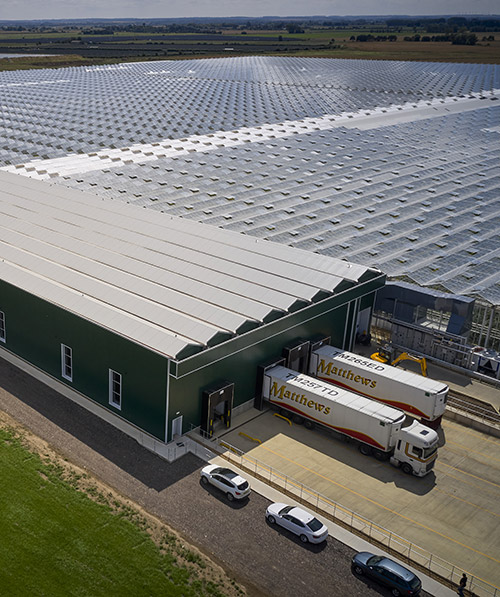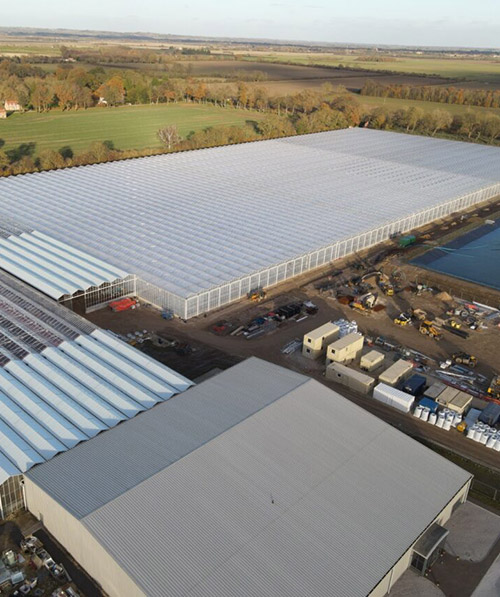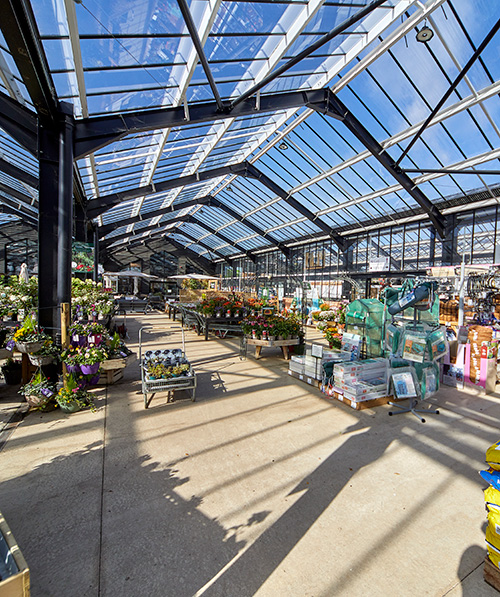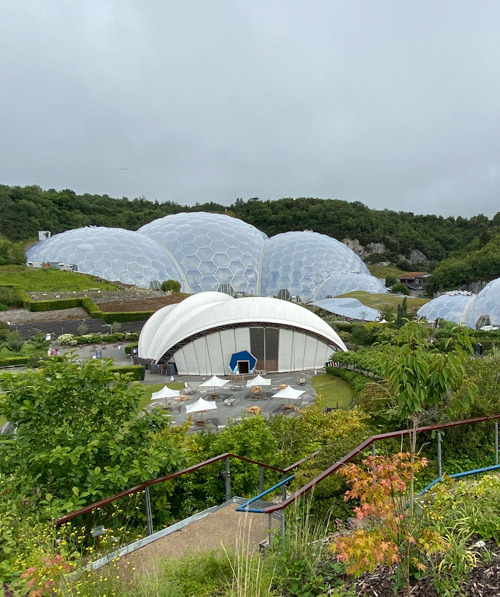Call Today 01430 449440
Why is automation important in vertical farming?
Low automation. Semi-automation. Full automation.
When it comes to vertical farming automation, there’s actually no set formula for success.
In our experience, the amount of automation required is determined by the size of the farm and the type of crop being grown.
The behaviour of the end consumer is also significant. If they want a ready-to-eat crop, without having to go through any cleaning or washing process, minimising human interaction is an essential step.
Cleaner, consistent & scalable crops
From a grower’s perspective, increasing the amount of vertical farm automation is the only way to deliver a cleaner product on a consistent basis.
Having designed and built a large number of vertical farms around the world, our expert engineers know the optimum level at which processes can be automated.
If less people are needed to operate a facility, fewer points of contact can occur between humans and crops, meaning it’s easier to deliver a cleaner product with less contamination.
Automation is also vital to ensure growers can benefit from an efficient and consistent production system.
Highly-automated, highly-organised and highly-computerised systems are the key to reaching the highest production levels because they bring consistency, precision and scalability.
The more automation you employ, the easier and quicker it is to achieve better economies of scale. This means leafy crops can be produced for a more competitive price – even when compared to conventional food production systems.
By employing full automation, growers can manage the complexity and the number of movements required per day – which may not be viable using people, especially when growing on a large scale.
Clarity for budgets & profitability
Before we begin the design stage on any vertical farm project, our engineers work closely with our customers to analyse the budget they have available and the level of profitability required from the facility going forward.
Once we understand these factors during the scoping phase, it is then possible to advise whether low, semi or full automation would be the best step to take.
Having built our first vertical farming facility in 2011, we believe this technology could create a new salad category tier – delivering a premium product range which sits alongside traditional supply chains. To do this, high levels of automation will be essential.
When working on future VF projects, those typically requiring a capital investment of between £2million to £15million plus, we will be partnering with SEC Automation to deliver market-leading automation technology.
Not only are they passionate about sustainable food production, they boast knowledge and experience which can complement our own in-house skills.
By combining these strengths together, we believe we’re well placed to deliver the next agricultural evolution, bringing vertical farming into the mainstream so that it can be adopted by growers, retailers and the food service industry.
By Tim Haworth, Head of Technical Horticulture
Would you like to learn how to invest in vertical farming?
Discover more about our VF Concept – or call 01430 449440 and speak to our experts.
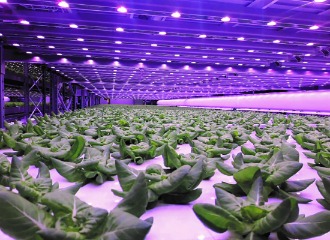
Call us to speak to a member of our team or complete the enquiry form and we will get back to you
- 01430 449440
- [email protected]
- Wallingfen Park
236 Main Road
Newport, Brough
East Yorkshire
HU15 2RH

